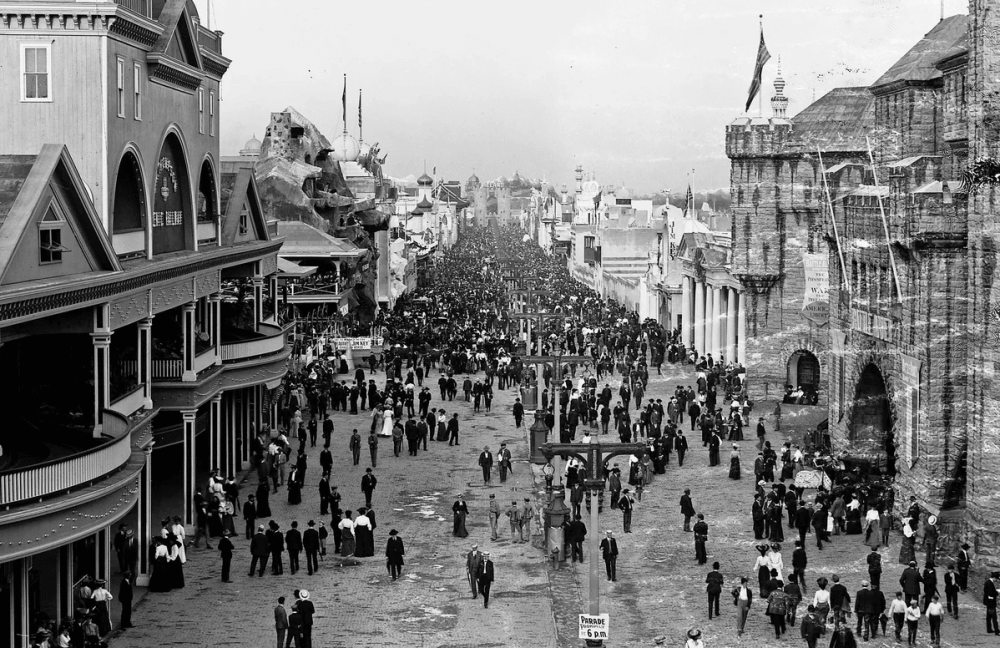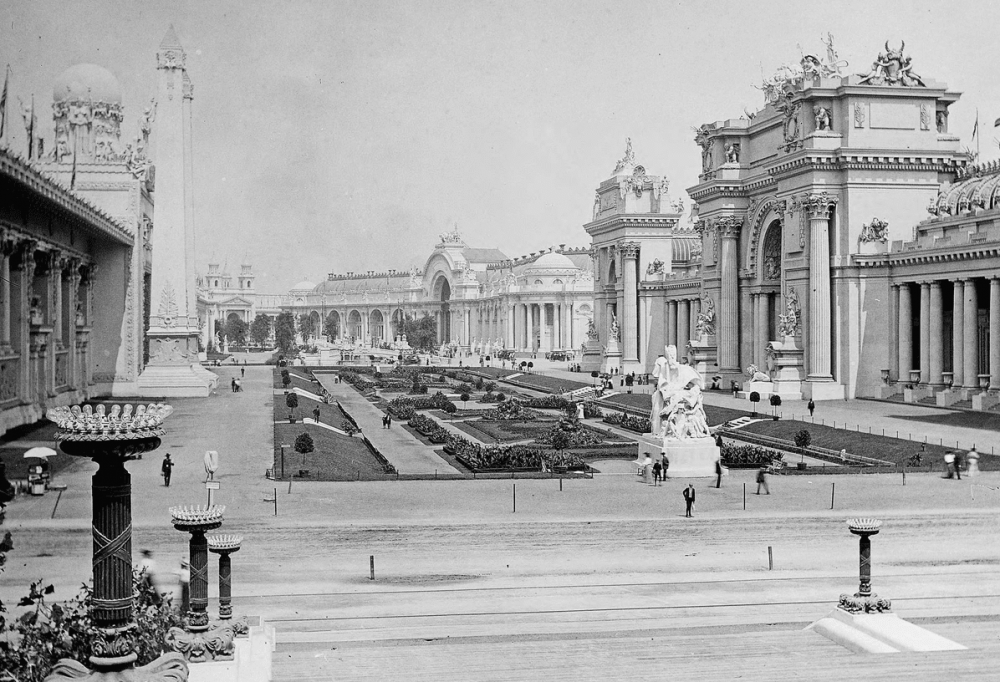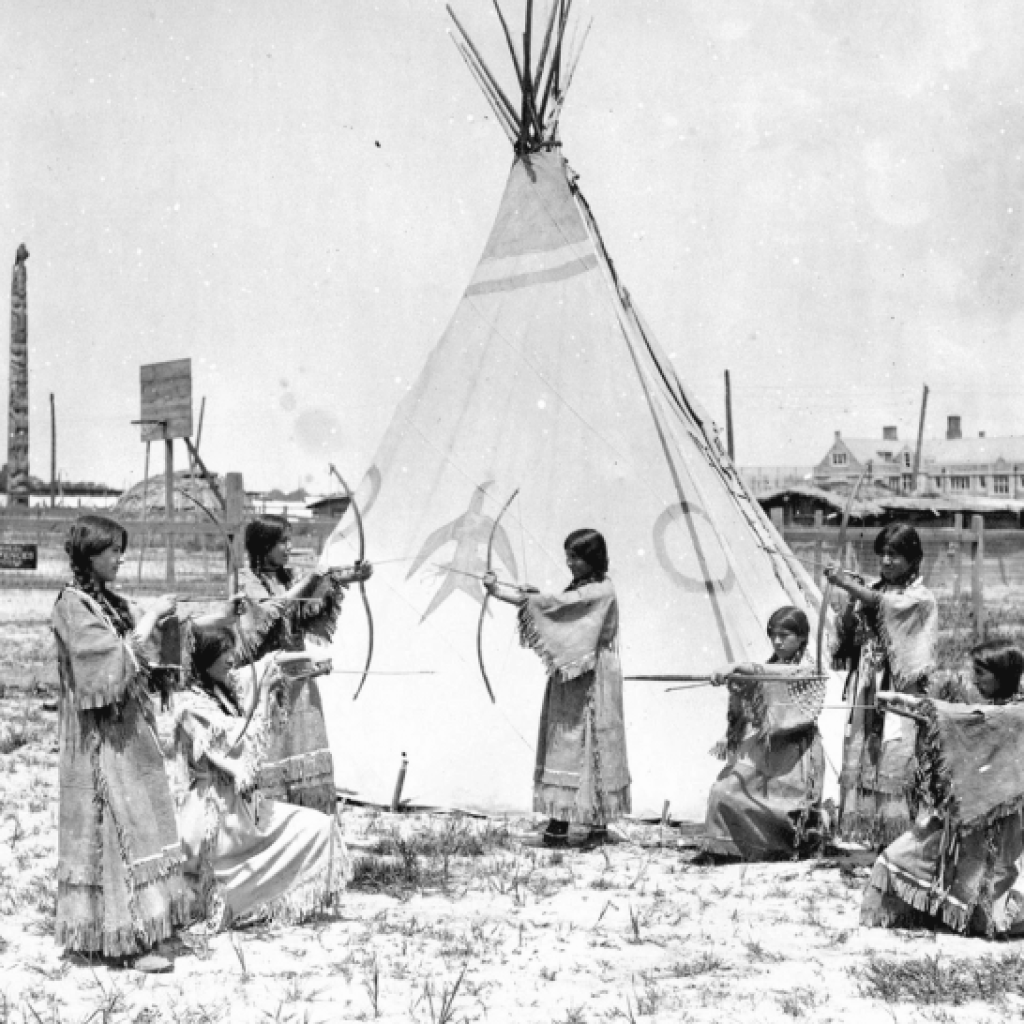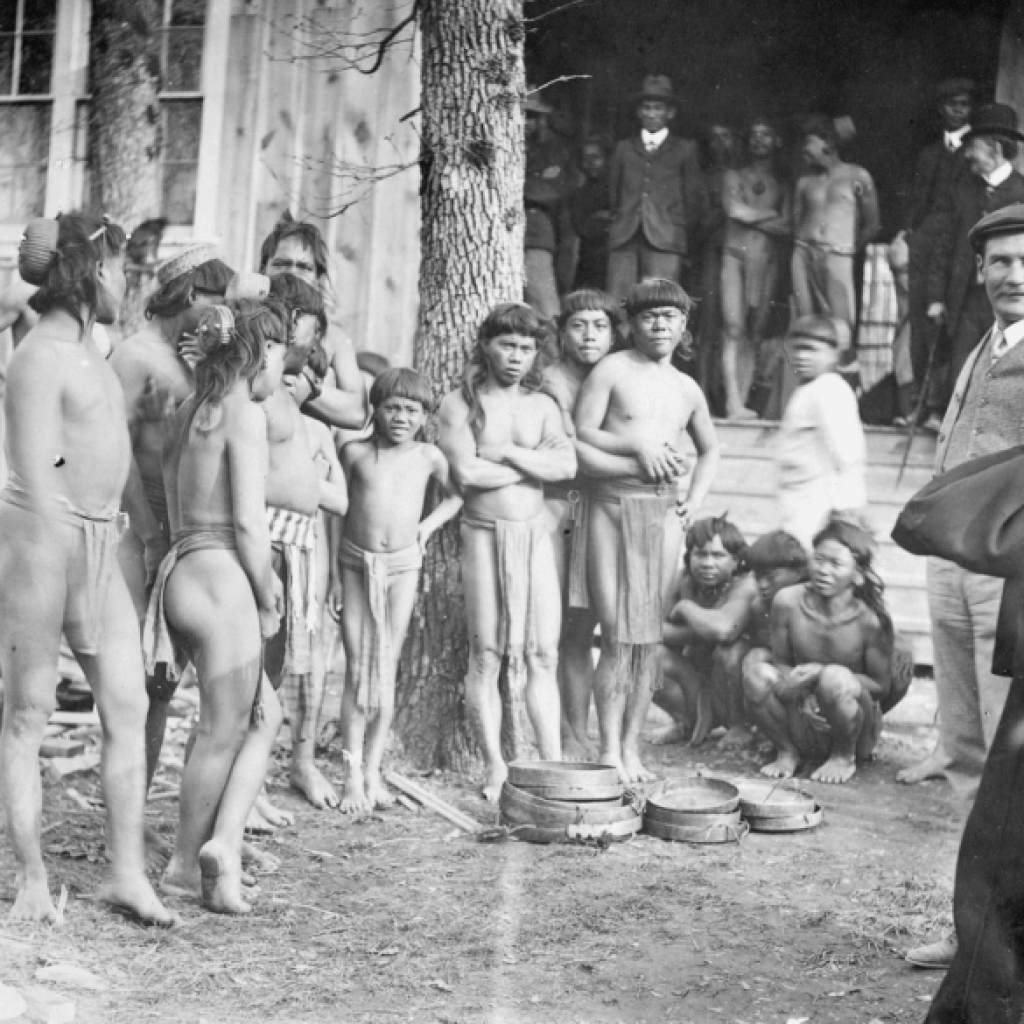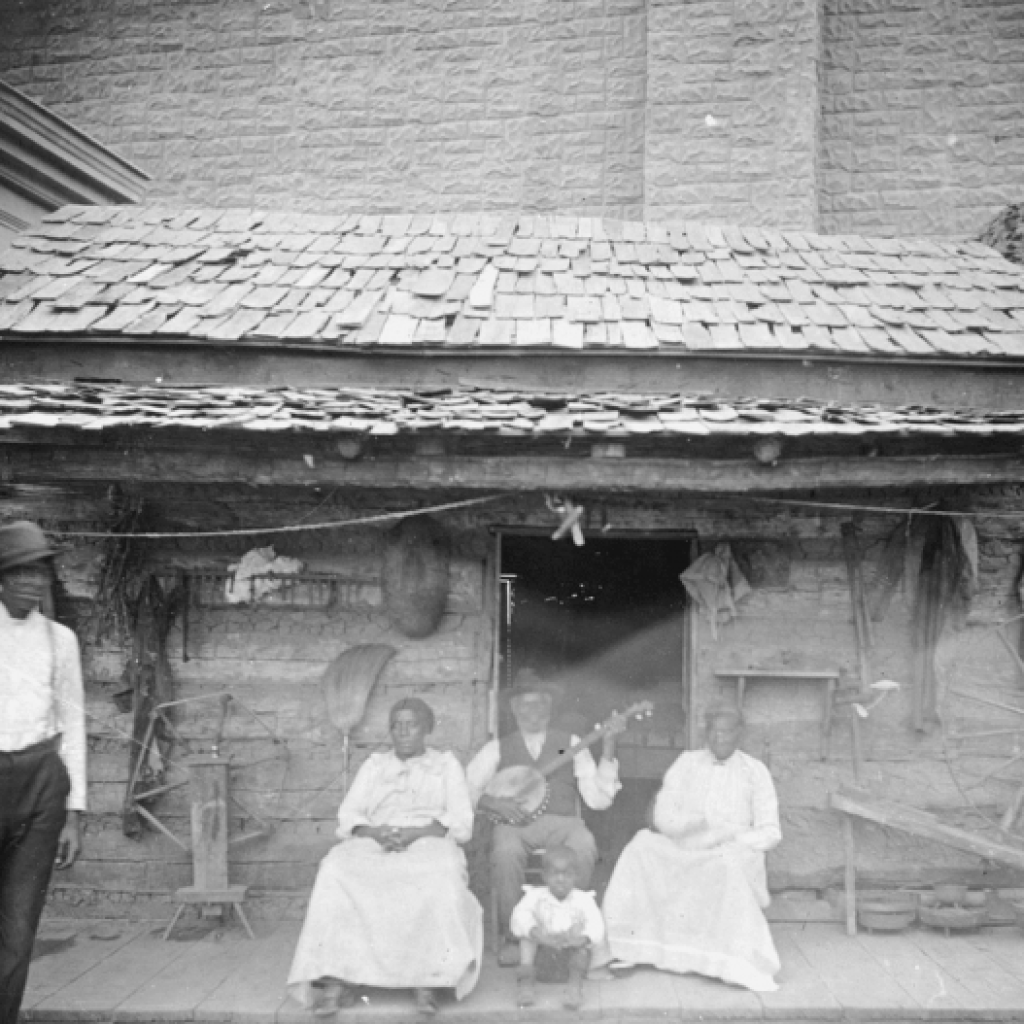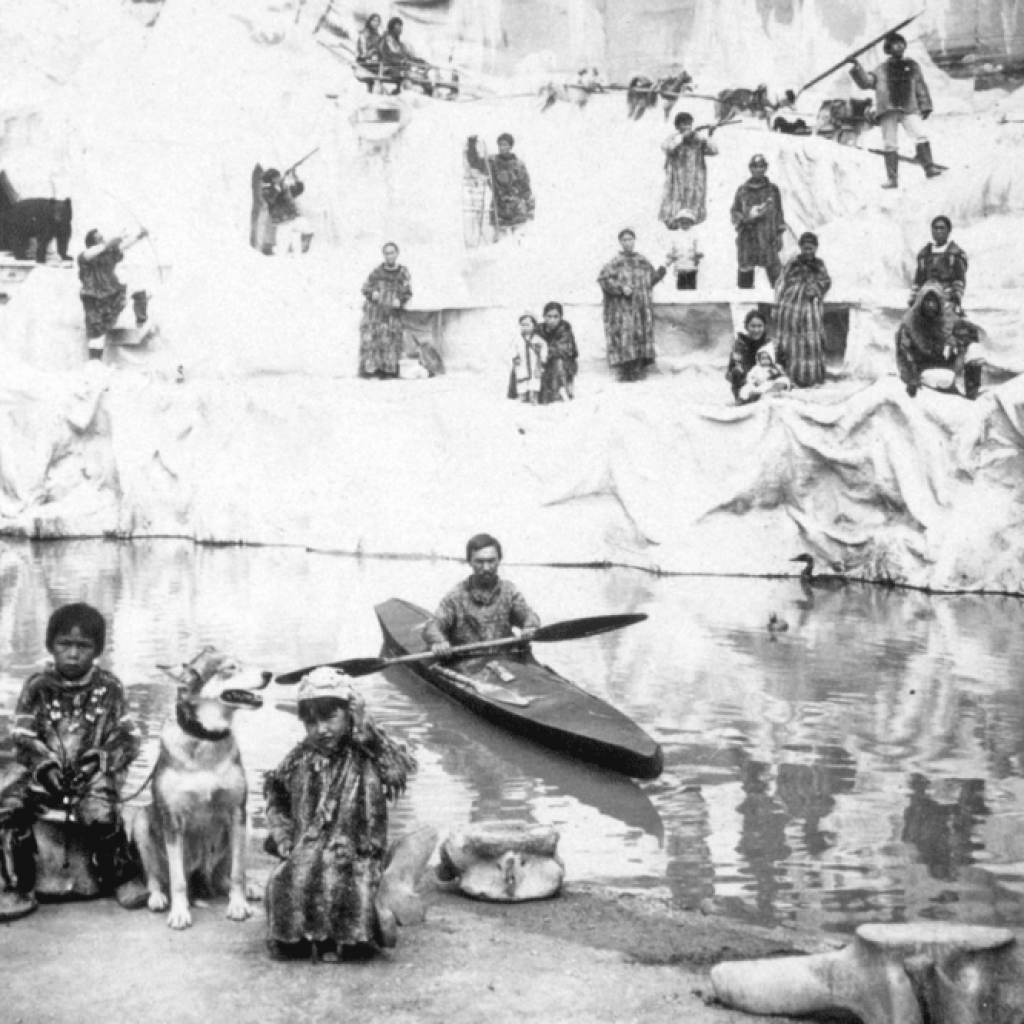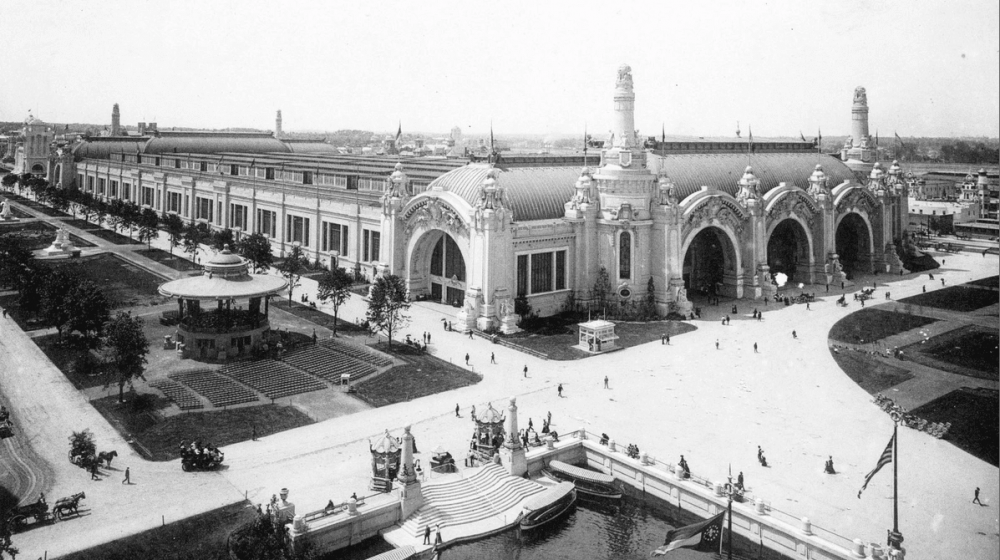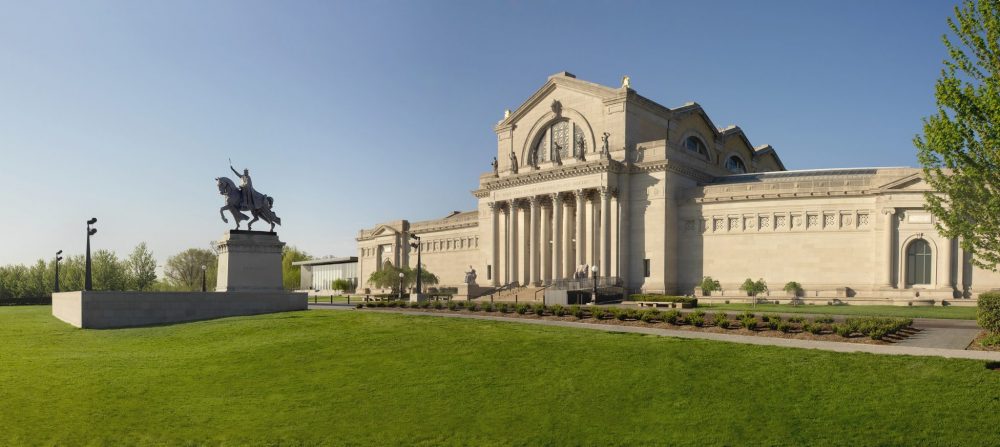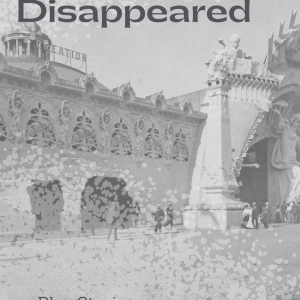
St. Louis, Missouri
By Dawn Woolcott
Imagine floating down a river canal, past white marbled columned buildings, an exotic zoo, and thousands of people walking the wide sidewalks. Are you in Venice? No. Transport yourself back in time to St. Louis, Missouri. Those beautiful white columned buildings are long gone – temporary edifices built from thousands of craftsmen hours – all knowing they would be torn down and discarded. This city once built, soon disappeared.
Humans will go to extraordinary efforts to impress others at world fairs. This gleaming city of new buildings and displays were not to live in, but only built to astound and entice visitors from around the world to come to St. Louis. The St Louis Exposition of 1904 soon became known as a “World Fair.” It was a celebration of the 100th year of the Louisiana Purchase which had doubled the size of the United States. Exhibits amazed visitors with sights of the world once only described in books. The late 1800s saw an increasing interest in the world around us. With the expanding use of photography, people were seeing the world in an entirely new way. In the days when encyclopedias were still being written, a thirst for knowledge was the rage.
Sharing that information was difficult in the days before television and the internet. Would you be impressed looking at a drawing of specifications showing how a telephone worked, or would you be more impressed seeing a telephone in action? How impressive is an ice cream maker on paper as compared to holding an icecream cone in your hand? There is no comparison. Seeing new inventions in person was the best and most effective way to market and share your ideas with the public and fellow innovators. If only there was a way to get everyone together in one place…
The World’s Fair was the place to see them all. While the word “fair” nowadays invokes images of Ferris Wheels, roller coasters, and cotton candy, the word can be mistakenly applied to what were technically usually called Expositions. But that doesn’t mean you might not see a Ferris Wheel. Actually the first Ferris Wheel was introduced at the Chicago World’s Columbian Exposition a few years before. The original Ferris Wheel was designed and constructed by George Ferris, Jr., a bridge builder from Pittsburg, for the Chicago event. Although he did not invent the concept, he perfected it and forever has his name attached to it. It was most likely based on a “Pleasure Wheel” that had been in use since the 1600s on a much smaller scale and usually just for children. The organizers of the Chicago “world’s fair” wanted something on a large scale to impress visitors, much as the Eiffel Tower did for Paris in 1889. The St. Louis Exposition chose to go grand all over rather than just one spectacle. The St. Louis Exposition built an entire city and it was incredibly popular, with an average of 100,000 people attending each day and over twenty million people seeing the exhibition in total.
The concept of holding great exhibitions is credited to the French who began holding smaller versions as early as 1798 with the Exposition of Products of French Industry being the first truly large exposition. Although not an international affair, it was the inspiration for larger and more elaborate events to come. In 1851, the Great Exposition of London upped the game considerably. The international event was the idea of Prince Albert, husband of Queen Victoria. Inspired by French Expositions, he envisioned a World’s Fair where countries from all over could come and share their cultures and their latest advances in science and technology. The stunningly grand Crystal Palace was the gem of the Exposition, which was unfortunately lost in a fire years later. Over 6 million attended this first big expo.
The St. Louis World’s Fair followed the international style and was filled with globally-inspired displays and exhibitions.The displays were elaborate by anyone’s standards. It is a shame that after all the effort that went into creating this beautiful city-within-a-city, that most of it disappeared and wasn’t saved. It seems incredibly wasteful nowadays to build something only to destroy it. The transitory nature of World’s Fairs – creating an illusion of fantasy only to be erased is much like building a snowman on a snow day knowing it will not last forever. Most all of the structures built for the St. Louis Exposition were designed to be temporary, built with a mixture of plaster of Paris and hemp fibers on a wood frame rather than of stone or masonry. It was a world of creative illusion – much like building Disneyworld only to tear it down after 6 months.
Incredibly Insensitive Displays
Exhibits at the St Louis World’s Fair would appall fairgoers in today’s society. Peoples from “different cultures” were paid to come and be on display, much like animals in an exotic zoo. Organizers imported over 1,000 Filipinos whose country had only recently been annexed by the US in the 1899-1902 Phillippine-American war. Other displays included Native Americans and Tlingits from Alaska described as “primitive” cultures, who performed cultural ceremonies and tasks repeatedly for fairgoers to watch. An American “homesteader” display featured a poor black family.
New innovations
The primary purpose of most exhibitions is to share new inventions and technological advances with the public. Many innovations in the fields of science and technology were debuted in St. Louis, including the X-Ray machine, the electric typewriter, the coffeemaker, the dishwasher, a prototype of the telephone answering machine called the Paulson Telegraphone, and early fax machine, an infant incubator, a personal automobile, and the first ever “airship” contest – helping to usher in the airplane era.
A number of foods gained their foothold in American life by introducing them to the large fair going audience including Dr. Pepper soda, puffed wheat cereal, and ice cream served in a waffle cone.
Iconic Structures
In the latter half of the 21st century, the game of one-upmanship seemed to finally run its course with world fairs, and attentions are now on holding athletic events such as the Olympics. Attempting to always build bigger and better than the previous World’s Fair or Exposition made it impossible for cities to keep up. The cost to build elaborate expositions on increasingly hard-to-find empty land caused a downfall in the number and enthusiasm generated by a World’s Fair. They no longer have the cache they once had. The world has shrunk with global travel easier than ever before, and ease of communication between countries and scientific communities. We no longer need to physically see an invention in use to believe it exists. It will probably be advertised on t.v. and be available on Amazon for next day delivery. All that remains now are the historical wonders left behind these giant expositions. They have created some of the most amazing and iconic places in the world including the Space Needle in Seattle, the Eiffel Tower in Paris, and Montreal’s Biosphere.
What is left of it to see in St Louis?
The Palace of Fine Arts was built to last, and is now the home of the St. Louis Art Museum. The administration building used during the fair is now Brookings Hall on the campus of Washington University. A huge bird cage now at the St. Louis Zoological Park is believed to be from the fair. Other pieces of buildings were sold and scattered throughout the United States. Many of the exhibits imported for the cultural displays ended up in midwest museums.
You can walk in the shadows of this disappeared city and enjoy the creative and historic city still there to be seen on a visit to St. Louis on a Mississippi River cruise:
Mississippi River Gateway Cruise: New Orleans to Louisville, KY
New Orleans to Louisville, KY
- 11 Nights
- July 8, 2025,June 23, 2026
- From $6,360
- American Heritage


